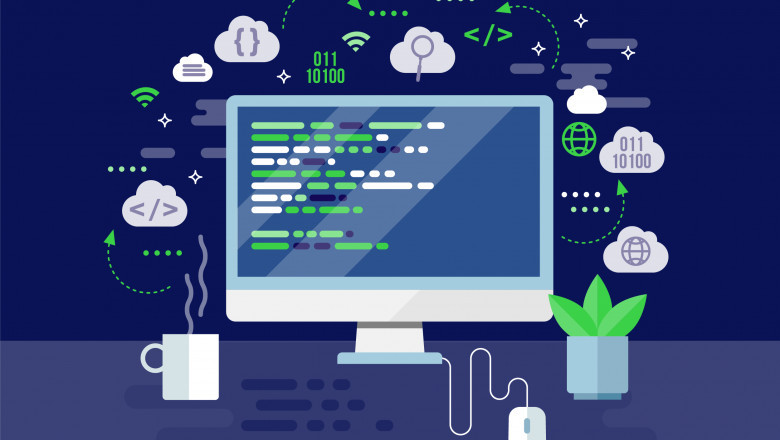views

But this prolific software publishing rate mirrors the common problems existing in today's world. Developers will continue chasing solutions as long as these problems persist. That's why many use application programming interfaces (APIs) to effectively communicate and leverage each other's work.
And a huge part of an API management platform's functionality depends on developer portals. This article can serve as a step-by-step guide into developer portals and their benefits for your API team.
What is a developer portal?

Often, we see a developer portal shortened as a dev portal, but not many users understand its concept and how it works. Many people might use API portals instead of dev portals and thinking they're the same. But what is a developer portal and its distinctive use for API developers?
A developer portal is an interface between a set of APIs, SDKs, interactive digital tools, and their stakeholders. The developer portal can have several functions for developers. But at the heart of it all, it enables API providers to publish, document, promote, and support their APIs.
A developer portal is an interface between a set of APIs, SDKs, interactive digital tools, and their stakeholders. The developer portal can have several functions for developers. But at the heart of it all, it enables API providers to publish, document, promote, and support their APIs.
In contrast, API portals help API administrators to establish fruitful relationships with the developer community. That's where API and dev portal slightly differs. Generally, app developers need the dev portal to find, consume, and support the APIs. However, the functionality of dev portals isn't only reserved for developers and technical users.
Dev portals create an ecosystem hosting and facilitating interactions between multiple stakeholders. Some of these stakeholders include the product owners (the team in charge of ideas for new features, salespeople, developer advocates, technical writers, and API consumers) and the end-users who get value from your APIs.
What are the main features of a developer portal?
The developer portal's main work revolves around two key areas—functional and technical documentation. Whereas technical documentation holds the information to assemble resources and sample calls, functional documentation includes basic flows, API guides, and status codes. Both areas depend on the following dev portal features.
- Creation: This involves creating access keys to use APIs, according to clients' preferences and rules, determining which environments they most prefer.
- Dashboard: The dev portal's dashboard visualizes calls from the app creation stage.
- Blog and forum: Good dev portals have blogs sharing essential information and hosting developer forums to advance the community's efforts.
- Ticket tool: The ticket tool allows users to open tickets through their respective dev portals to ask questions and settle doubts.
- File browser: File browser stores multiple file types from users, so they don't have to stress themselves finding an external storage source. They can generate a link directly from the file browser and insert it into a text in the information for everyone to access.
- Account creation system: Many dev portals will require developers to keep their details in a single database, hence the account registration process.
- Access granting and restriction: Dev portals categorize access based on user roles, determining which people can access specific pages or documentation.
Learn the benefits of a developer portal.

Developer portals' benefits may differ depending on different deployment strategies.
It offers information. For example, developer portals come with a simple user experience, making it easier for visitors to understand your software and APIs. Portals can also expose organizations to global audiences while maintaining full control over their access management and security.
Portals also enable software exploration. Dev portals centralize documentation and reference guides allowing users to identify opportunities to exploit for further developments. It simplifies onboarding and helps developers manage complex workflows faster by leveraging consistent communication and feedback from discussion forums.
All in all, developer portals can be crucial to the work of every developer. They contain files and specifications for using APIs and other information necessary for continuous development.












